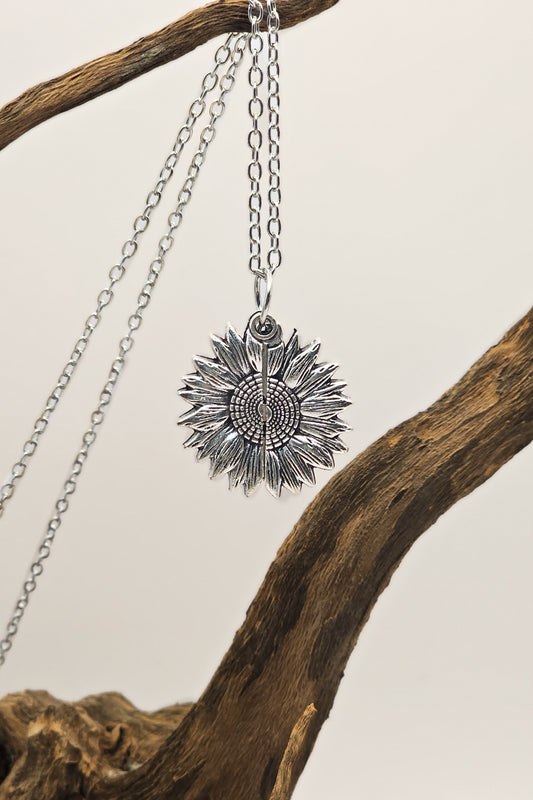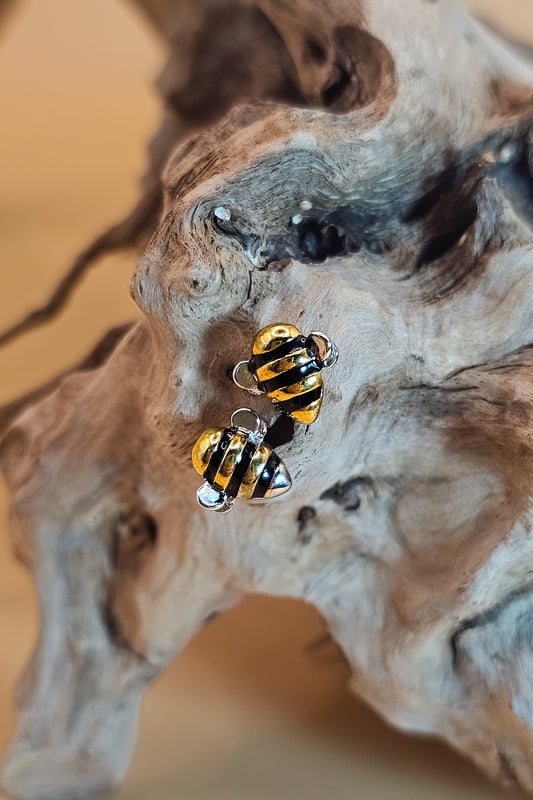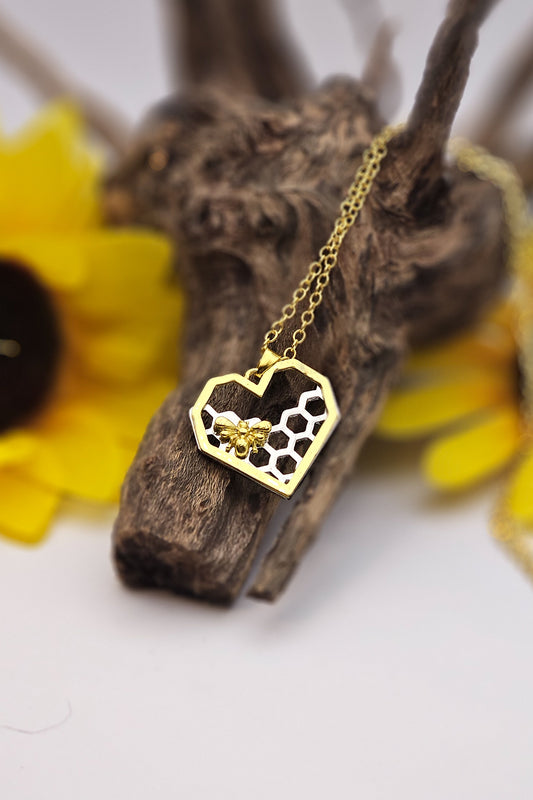There are about 20,000 species of bees around the world, and most of them are solitary bees.
Honeybees are in the insect order ‘Hymenoptera’ which includes other bees, wasps, ants, and sawflies.
The Latin name of the honeybee is Apis mellifera. Apis means ‘swarm’ in Greek and mellifera means honey-bearing.
Some bee species, including honey bees, are said to have descended from wasps.
Honeybees have hairy eyes!
Honeybees have 5 eyes: 2 large compound eyes with hexagonal facets and 3 small simple eyes.
The honeybee brain is sophisticated even though it is the size of a grain of sugar.
Bees are found on all continents except Antarctica.
This 1:41-minute video by DK Books shares another 7 amazing bee facts:
All bees in a hive are aware of the presence of their queen bee. If she leaves, the entire colony knows within 15 minutes.
Scent is very important to bees, and they are best at learning new smells in the mornings.
Bees cannot see the color red but they can see the ultraviolet patterns in flowers so they do visit red flowers.
An average of 50,000 to 80,000 honeybees live in a beehive at the height of summer. Most are female worker bees.
Female bees can sting, but male bees cannot sting.
Bees have been trained as bomb detectors and can detect hidden landmines.
Honeybees can be trained to detect illness in the human body.
Honeybees keep the inside temperature of their hives at 93° Fahrenheit.
Bees vibrate their bodies to create body heat to warm up the hive to 93°F if it is cold outside.
Bees flap their wings like fans to create a breeze to cool the hive off to 93°F when it is hot outside.
When it gets cold outside in winter, honeybees huddle in a ‘winter cluster’ to stay warm.
Worker bees do the ‘waggle dance’ to alert their hive sisters about where to find great new sources of water and nectar.
The 'waggle dance' is also used by scouting bees to describe a good new place to live.
Not all honeybees are domesticated. Colonies of wild honeybees make their homes in tree cavities, cliff hollows and other spaces in nature.
Tomorrow, the list continues with another 22 fun facts about bees and honey...








